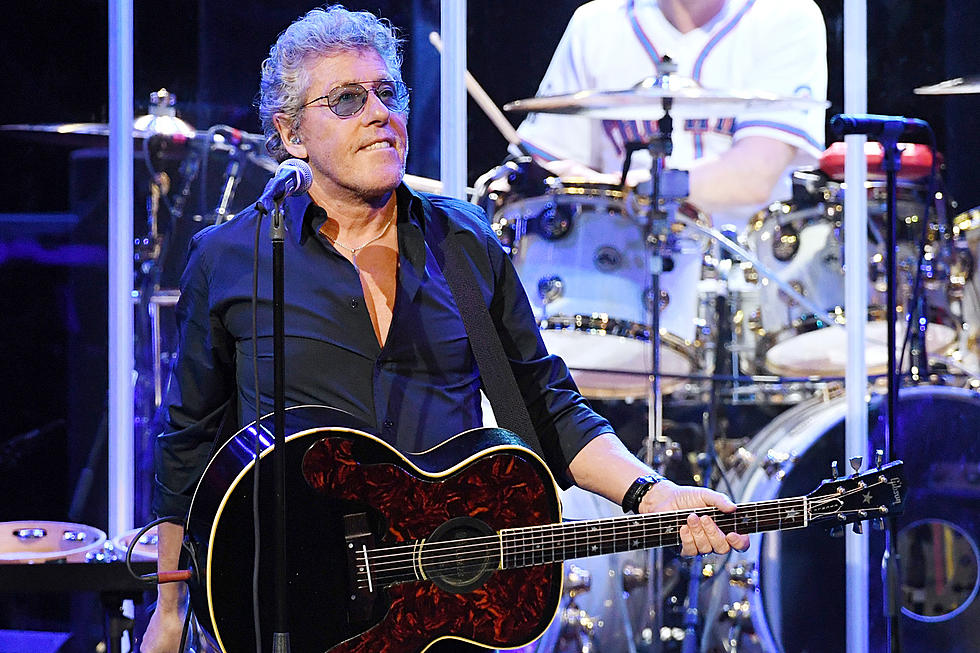
When the Who First Went High Concept on ‘The Who Sell Out’
The Who – one of the most experimental hard-rock bands of the '60s and '70s – were rapidly evolving musically when they released The Who Sell Out on Dec. 1, 1967.
The group's third album was an ambitious artistic step toward the concept albums with which they would become most identified, serving as a bridge between 1966's A Quick One and the 1969 rock opera Tommy, on which Pete Townshend's genius for interlinking songs would be fully realized. The Who Sell Out was an artistic triumph that helped the band make that transition, as well as a psychedelic pop-rock masterpiece that rivals anything the Beatles ever recorded.
Conceived as a tribute to the pirate radio stations that were operating offshore in the U.K. at the time, The Who Sell Out was loosely framed around the notion of lampooning the increasingly crass consumer culture and featured satirical cover images of the band members using freakishly oversized versions of popular products like Odorono deodorant and Heinz baked beans.
The album interspersed full band songs with spoken-word conceptual interludes that were faux "commercials" advertising all manner of consumer goods, including the aforementioned "Odorono" (which suggested that the difference between success and failure in life might come down to one's choice of deodorants) and "Tattoo," which proposed that life would be better if only you got the right tattoo.
Album opener "Armenia City in the Sky" was an innovative sonic production that made use of the Who's instrumental and vocal abilities, along with groundbreaking sound effects that pointed the way to much of the group's later work. "Mary Anne With the Shaky Hand" prominently featured their sunny harmonies, as did other psychedelic pop confections like "Our Love Was," "I Can't Reach You" and "Relax."
Listen to the Who Perform 'I Can See For Miles'
"I Can See For Miles" became the best-known track from the album, with instrumentation that was a precursor to later Who classics like "Won't Get Fooled Again," while Townshend's all-acoustic "Sunrise" could have almost been a Simon and Garfunkel B-side. "Rael (1 and 2)" comprised some of the chordal musical elements that would frame the Who's next album, Tommy, on which the group's ambitious approach to conceptual album-length work would all come together.
The Who Sell Out was not only a commercial success, with "I Can See For Miles" becoming a Top 10 hit, but a critical smash as well. Rolling Stone wrote that the Who "have such a firm grasp of the basics of rock 'n' roll that they, like the Beatles, do not stumble when they move on to newer and more creative endeavors in rock and roll; they've learned their stuff and are thus practiced enough to come up with a wholly original instrumental sound."
The album was re-released in 1995 with bonus tracks, and a Deluxe Edition released in 2009 included more than a dozen additional tracks and alternate takes, as well as an entire disc of alternate mono mixes.
Top 10 'Leftovers' Albums
Why the Who's Drummer Invited Fans to Moon Him
More From Ultimate Classic Rock









